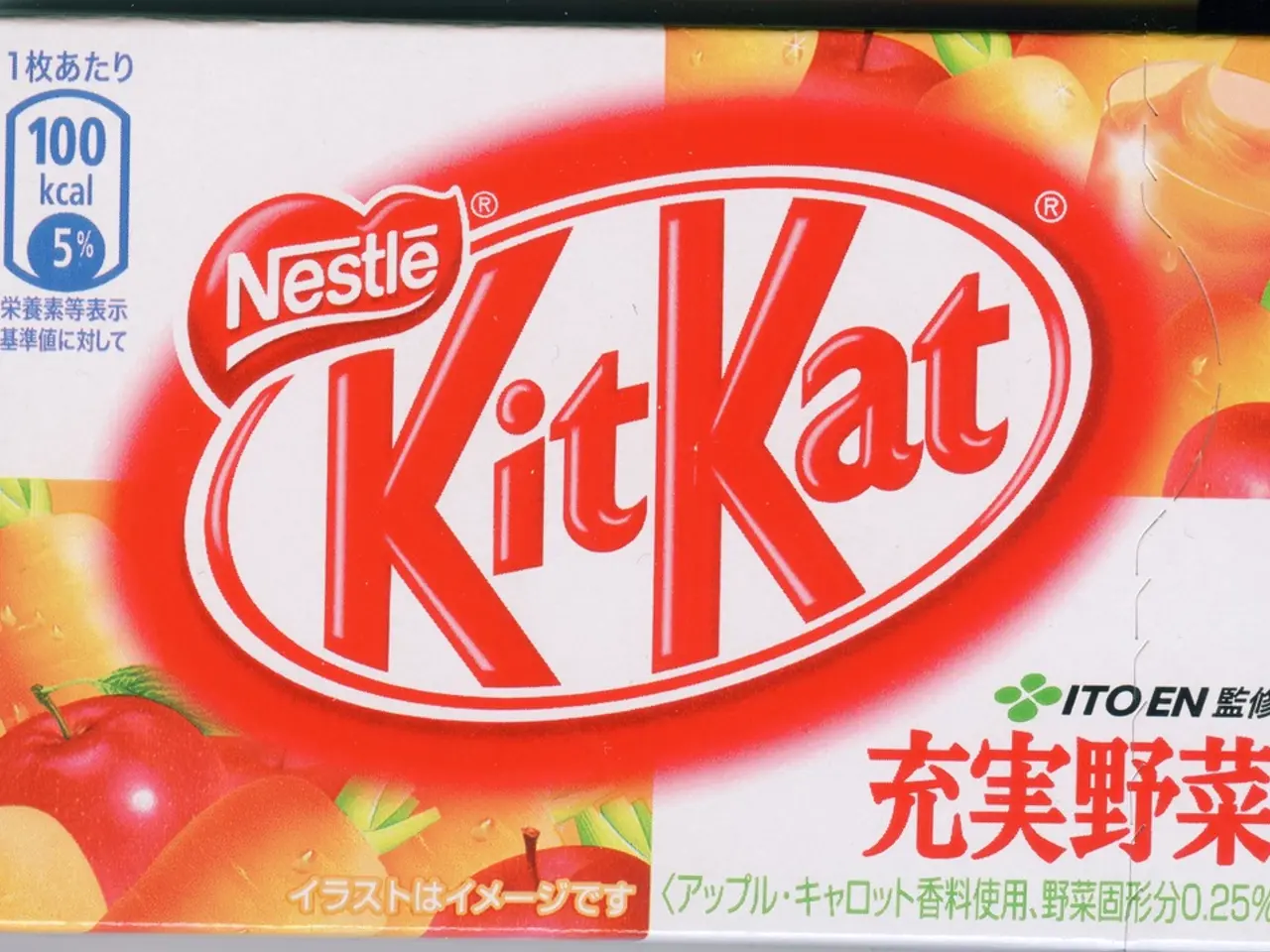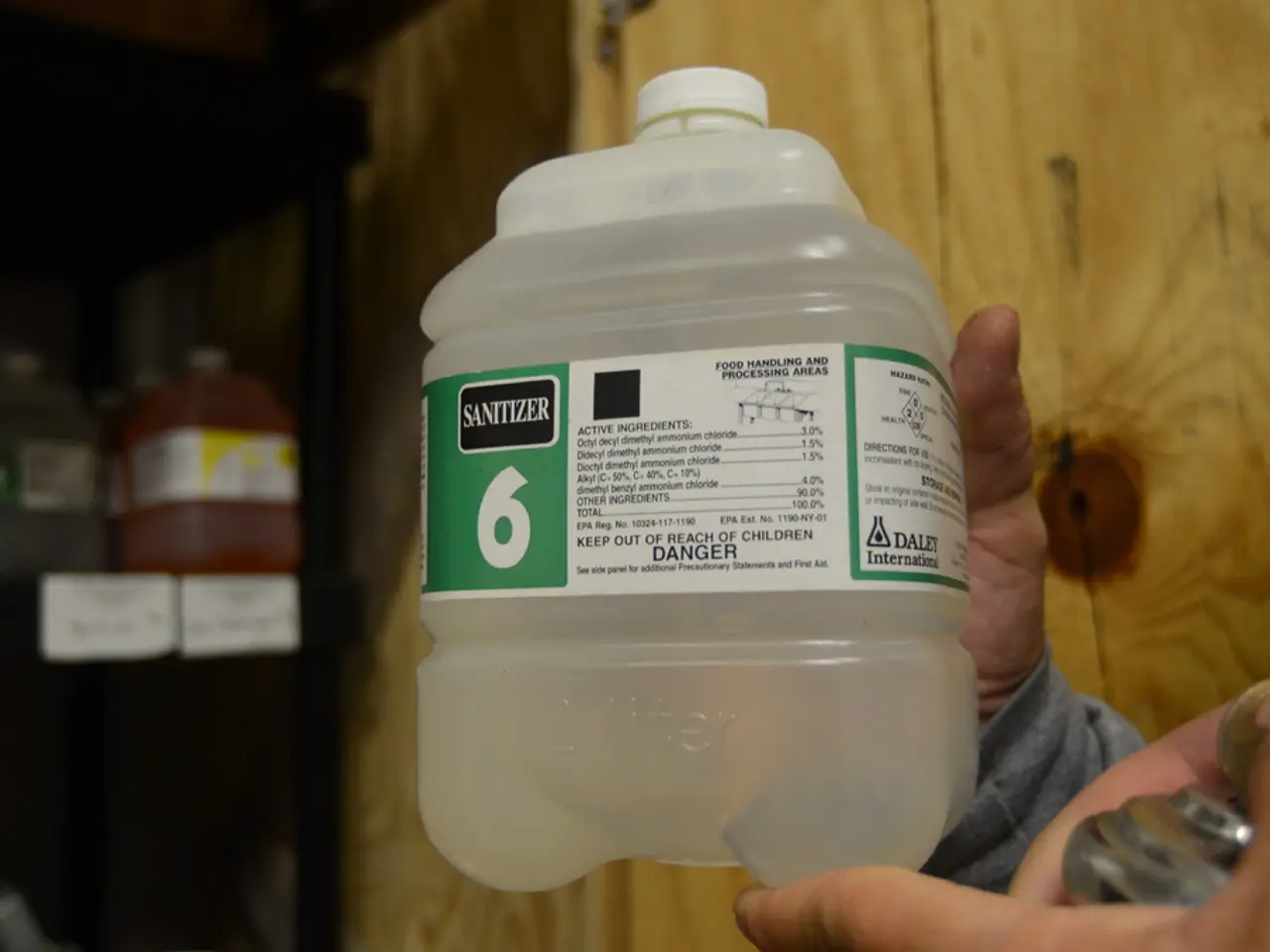Reducing Belly Fat: The Combination of Good Nutrition and Physical Activity is Key
Losing belly fat can be a challenging but achievable goal. This guide offers a well-rounded approach, combining diet, exercise, and lifestyle changes to help you on your journey.
Dietary Strategies
A balanced, nutrient-rich diet plays a crucial role in reducing belly fat. Key components include:
- Lean proteins such as chicken, turkey, salmon, lean beef, and legumes, which promote muscle growth and increase calorie burning.
- High-fiber whole grains like quinoa and brown rice to increase satiety and aid digestion.
- Fruits and vegetables that are nutrient-dense and support overall health.
- Healthy fats from sources like omega-3 fatty acids, which can help reduce abdominal fat.
It's also essential to avoid or limit foods that contribute to excess calorie intake and fat accumulation. These include sugar-sweetened beverages, processed meats, high-calorie, low-nutrient foods, excess refined carbohydrates, and fried foods.
Including foods with metabolism-boosting or anti-inflammatory properties, such as ginger and turmeric, may also help reduce inflammation and support fat loss.
Exercise Strategies
A combination of metabolic strength training, High-Intensity Interval Training (HIIT), and aerobic exercise is most effective for belly fat reduction.
- Strength training 3 times a week helps maintain and build metabolically active muscle, which burns more calories even at rest.
- HIIT 2 times a week increases post-exercise oxygen consumption and promotes preferential visceral fat loss compared to moderate cardio.
- Aerobic exercise such as brisk walking, running, or cycling, combined with strength training, is particularly effective.
While abdominal exercises like sit-ups alone don’t reduce belly fat, they can strengthen the core, improving the appearance of the stomach and helping with posture.
Additional Lifestyle Factors
- Quality sleep is vital for weight loss. Aim for 7-9 hours of quality sleep each night. Poor sleep can disrupt hormones that regulate hunger and fat storage, leading to weight gain, especially in the belly.
- Stress management is important for metabolic health and reducing fat accumulation. Techniques like meditation and yoga can help manage stress levels.
- Avoiding smoking and limiting alcohol consumption are also key, as these affect fat metabolism and storage.
Summary
For long-term belly fat reduction, adopt a balanced diet rich in lean proteins, whole grains, fruits, vegetables, and healthy fats, while avoiding sugary drinks, processed foods, and excessive refined carbs. Combine this with regular strength training, HIIT, and aerobic exercise. Include lifestyle practices like sleep optimization, stress control, and avoiding smoking and limiting alcohol consumption to enhance results.
- Lean proteins, such as chicken, turkey, salmon, and lean beef, promote muscle growth and increase calorie burning in the diet.
- High-fiber whole grains like quinoa and brown rice increase satiety and aid digestion to reduce belly fat.
- Fruits and vegetables, which are nutrient-dense and support overall health, are key components of a balanced diet to diminish belly fat.
- Healthy fats from sources like omega-3 fatty acids can help reduce abdominal fat, making them beneficial in a fat loss diet.
- Excessive consumption of sugar-sweetened beverages, processed meats, high-calorie, low-nutrient foods, and fried foods should be limited or avoided in a fat loss diet.
- Ginger and turmeric, with their metabolism-boosting or anti-inflammatory properties, may help reduce inflammation and aid in fat loss.
- Three times a week, strength training is essential for building metabolically active muscle, which burns more calories even at rest.
- High-Intensity Interval Training (HIIT) 2 times a week increases post-exercise oxygen consumption and stimulates preferential visceral fat loss compared to moderate cardio.
- Aerobic exercise like brisk walking, running, or cycling, combined with strength training, is particularly effective in belly fat reduction.
- Abdominal exercises like sit-ups can strengthen the core, improving the appearance of the stomach; however, they do not reduce belly fat alone.
- Maintaining a balanced diet, regular exercise routine, and a healthy lifestyle, including quality sleep, stress management, avoiding smoking, and limiting alcohol consumption, are essential for long-term belly fat reduction.




